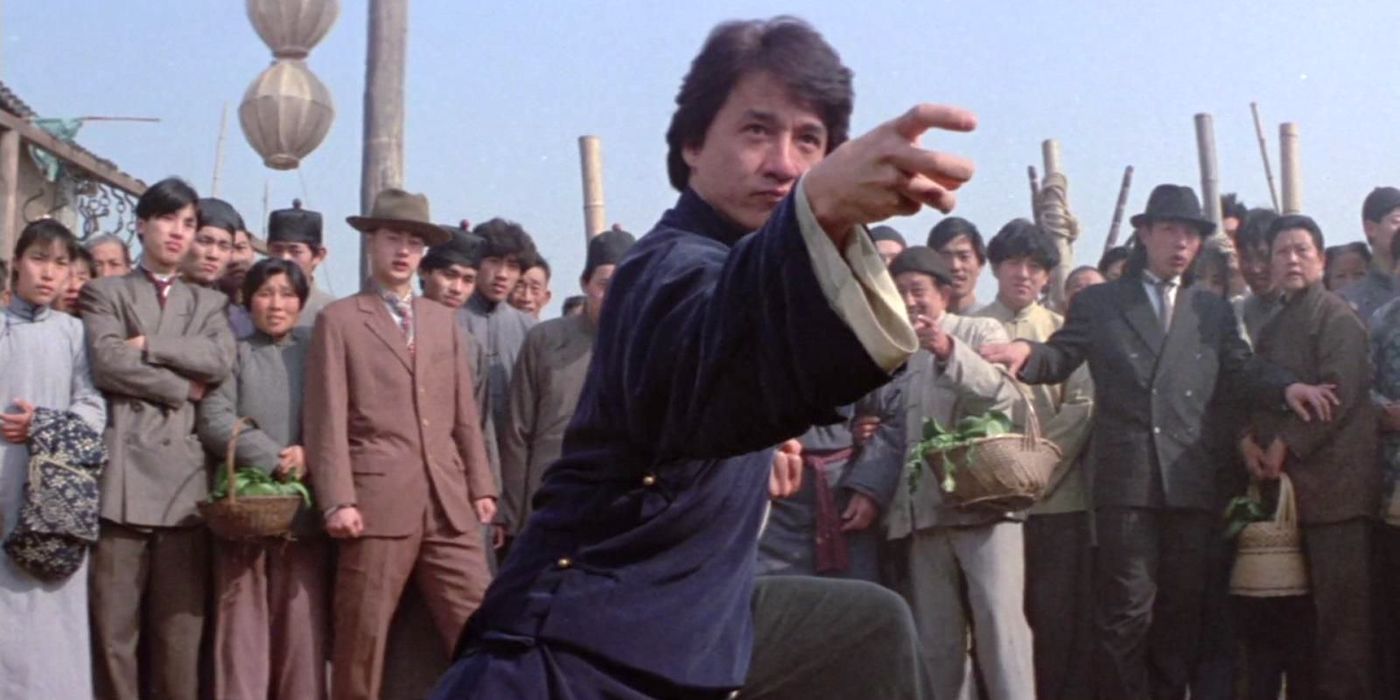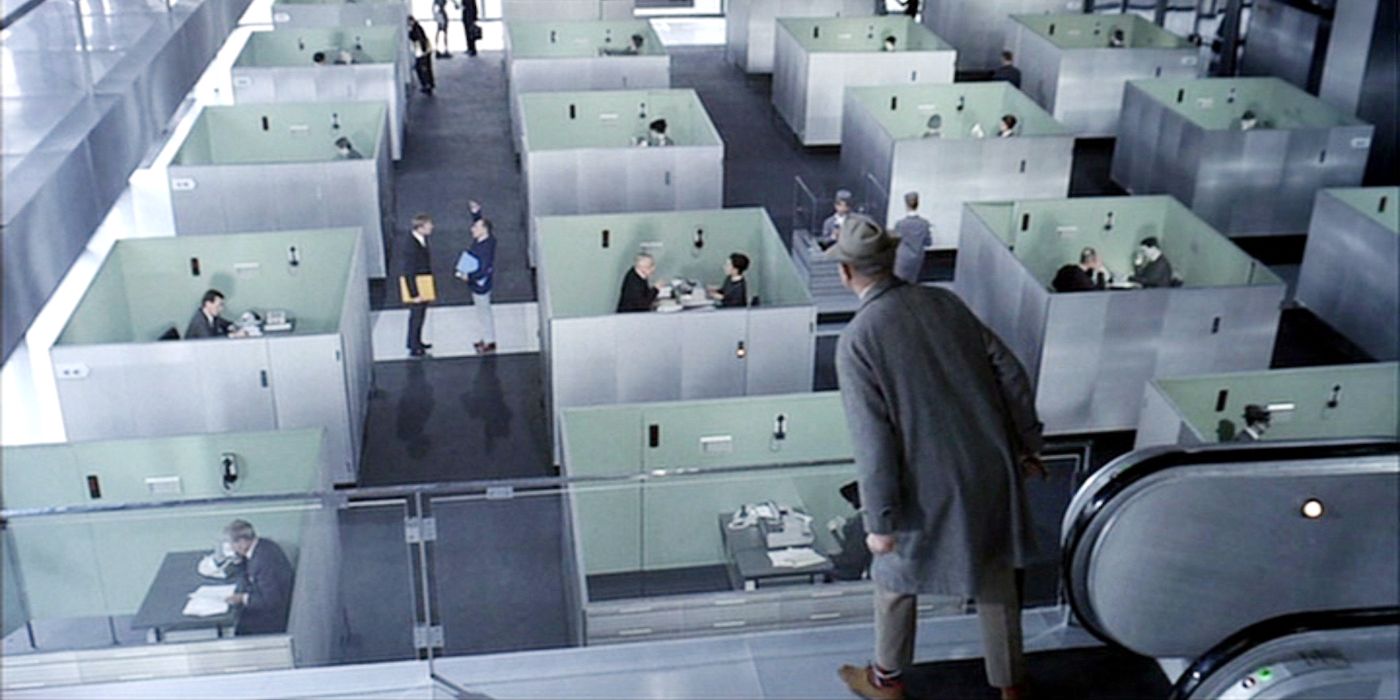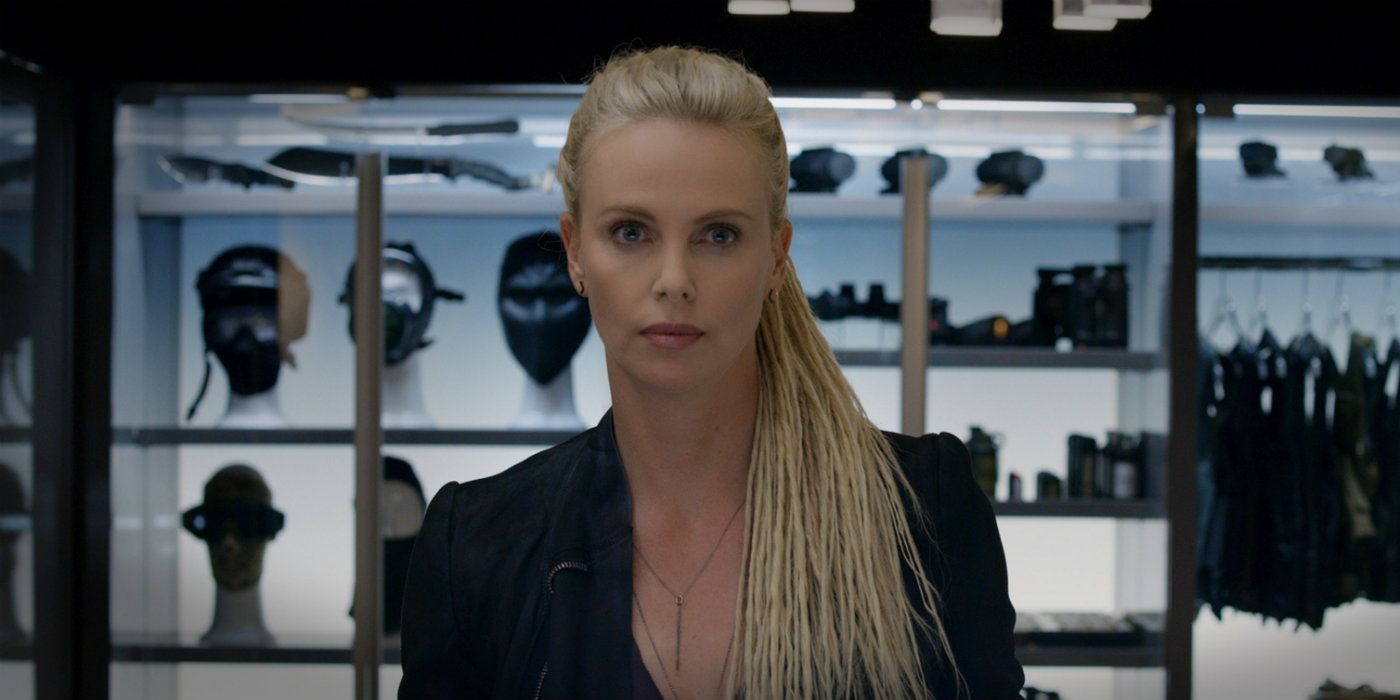Sure, sound may supply plot, meaning, tone, and general mise en scène but let's be real here—you've got people to talk to, parties to throw, books to read. Things like sharp dialogue and well-composed music can get in the way of that.
We're joking, of course. Film is an art form that demands the service of whatever senses you can offer it. But, once in a while, you can bend it to serve you. Provided you've already taken in the complete versions of certain works, there's no shame in turning down the sound and appreciating them as purely visual artifacts a second time around.
So, if you want to run a movie in the background of your next party, you'd like something beautiful to fill up your wall, or, yeah, you just don't want to listen to anything, here's a list of the best films for turning the volume down and enjoying the pretty pictures as they fly by.
Häxan (1922)
Historians have a pretty good guess at the original score for Benjamin Christensen's silent horror classic — but that hasn't stopped generations of musicians from developing and presenting their own. Given that Häxan is more of a visionary anthologized history of evil and witchcraft than a narrative work, it lends itself to such reinterpretation. Why not try your hand at a new score by summoning up a particularly dark Spotify playlist and running this 100-year-old hypnotic phantasmagoria in the background of your next Halloween party?
Fantastic Planet (1973)
In the world of films to watch with the sound off, René Laloux's strange and haunting extraterrestrial journey is the Citizen Kane of the subgenre. To say the curious landscapes, flora, and fauna of this adaptation of Stefan Wul's sci-fi novel Oms en série are animated isn't quite right. It's illustrated, and marvelously and uniquely so. Fantastic Planet's plot, while mostly existent, is far less important than the overall visual effect this wild travelogue offers.
Mad Max: Fury Road (2015)
It took decades of work for George Miller's blistering return to the Mad Max franchise to reach screens, all of which were worth it. Propulsive, epic, and unexpected, Fury Road is a rich feast painted on a background of bleached sands. While the simple dialogue and plot — and the emotions and world-building within it — are much appreciated, past a couple of viewings, it's the set pieces and cinematography you'll return for. Feel free to do so with any other music playing behind them.
2001: A Space Odyssey (1968)
Without the inclusion of Classical pieces by Richard Strauss and Johann Strauss II and modern compositions by György Ligeti, Stanley Kubric's epochal sci-fi masterwork would be mostly silent aside from some engine noise and a few instances of intentionally stilted conversations between men and an insane computer. Without any of those sounds, 2001: A Space Odyssey remains a gorgeous film while becoming perhaps even more glacial, calming, and painterly — something worthy of simply turning on and peeking back at when a particularly well-framed shot appears.
Enter The Void (2009)
Gaspar Noé is out to hurt you. As one of the participants in The New French Extremity, he'd much rather you have an adverse visceral reaction to his work than, say, enjoy yourself. That's the point. The thing is, along with his regular cinematographer Benoît Debie, he has composed an almost endless series of genuinely beautiful frames and sequences, no matter the Nihilism and violence so many of them contain. All this makes turning the volume down on his 2009 rollercoaster ride through life and onto death, Enter the Void, a rewarding experience (if an affront to everything he believes). Pair that with his short film Lux Aeterna for a disturbing but still quite mesmerizing double feature.
Russian Ark (2002)
Please watch Alexander Sokurov's 2002 fantasia at least once with the sound on. It is, after all, a narrated, symphonic, choral, musical ode to the entire sweep of Russian history, complete with dancers and live musicians providing the score. And yet, there is something so swirling and flowing about this experimental work — which was filmed in St. Petersburg's Winter Palace in a single 96-minute shot — that it takes on the quality of a painting in motion when nothing is coming through your speakers. Why put up a fake early Monet in your living room when you can just turn Russian Ark on?
Koyaanisqatsi (1982)
Right behind Fantastic Voyage in the genre of sound-off films is Godfrey Reggio's enlivening, if often troubling, tone poem about our broken relationships with the environment and ourselves, Koyaanisqatsi. Time speeds and slows as the camera captures and juxtaposes landscapes and vignettes, both natural and human-made. The combination of its rotating images and Philip Glass' much-referenced score has made it a classic in film school and the hazy, late-night dorm rooms where film school students hang. Without Glass' contributions, its meaning is not blunted, and its visuals still stun four decades later. Move on to the rest of Reggio's Qatsi film trilogy, Powaqqatsi and Naqoyqatsi, or Bill Morrison's Decasia if this is your kind of thing.
Drunken Master II (1994)
Many of the films created by the Shaw Brothers and their competitors in the '70s and '80s heyday of Hong Kong martial arts films would do well with the sound off thanks to their bright visuals, enjoyable costuming, and course, balletic, frenetic fight scenes. But skip forward a decade or so, and you find a true gem that proves Jackie Chan is one of the most charming, talented actors ever to take the screen (whether you hear a word he says or not). Playing a working-class man who gets more skilled at Kung Fu the drunker he gets, Chan offers a masterclass in bodywork that is perhaps even more legible and appreciable without foley-added sound effects as a distraction.
Playtime (1967)
Like several of Jacques Tati's works, Playtime is less of a concrete story than it is a machine designed for producing indelible filmic moments. Channeling slapstick, architecture, mathematics, and social commentary all at once, Playtime offers wonders. Whether you encounter them through a comprehensive sit down with its swirl of music and sound effects on full blast, or just by catching them through the corner of your eye while chopping vegetables for dinner, they're there for the taking.
Watch on The Criterion Channel
Fate of The Furious (2017)
From the color-saturated race through Havana's streets of its first moments to the icy car-vs-submarine climax, there's not a boring moment in this installment of the franchise — nor is there one much hurt by the removal of dialogue (Roman and Tej's back-and-forths excepted). No Fast and Furious movie has ever made sense, or ever will. Why would you want it to? Stop trying to understand it and just experience it with as much, or as little, volume as you see fit.

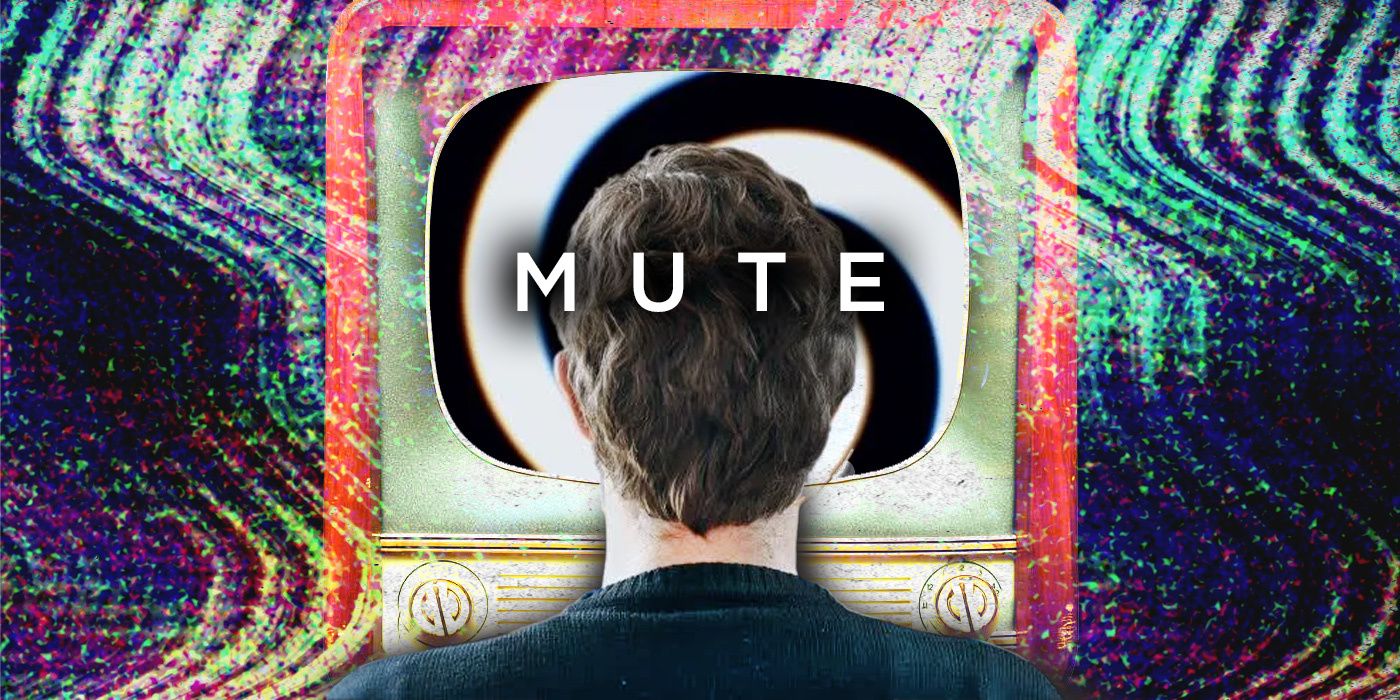
-4.jpg)

.jpg)
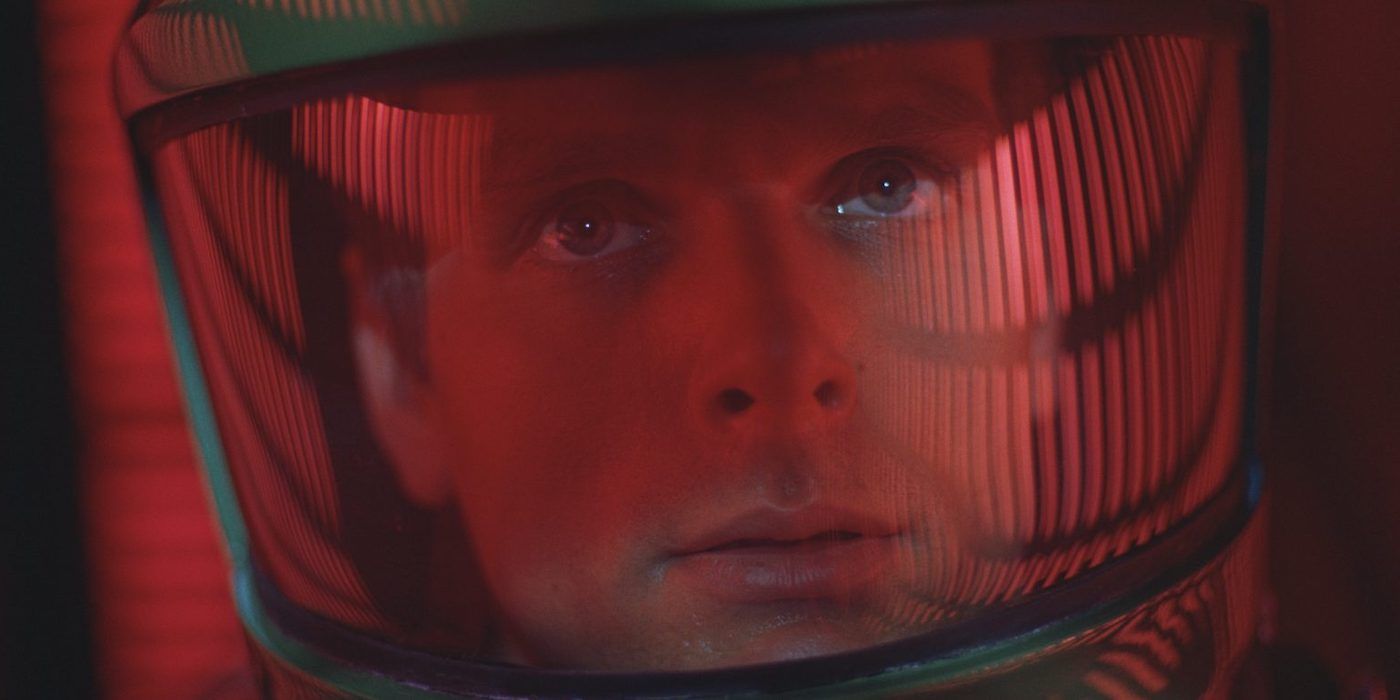
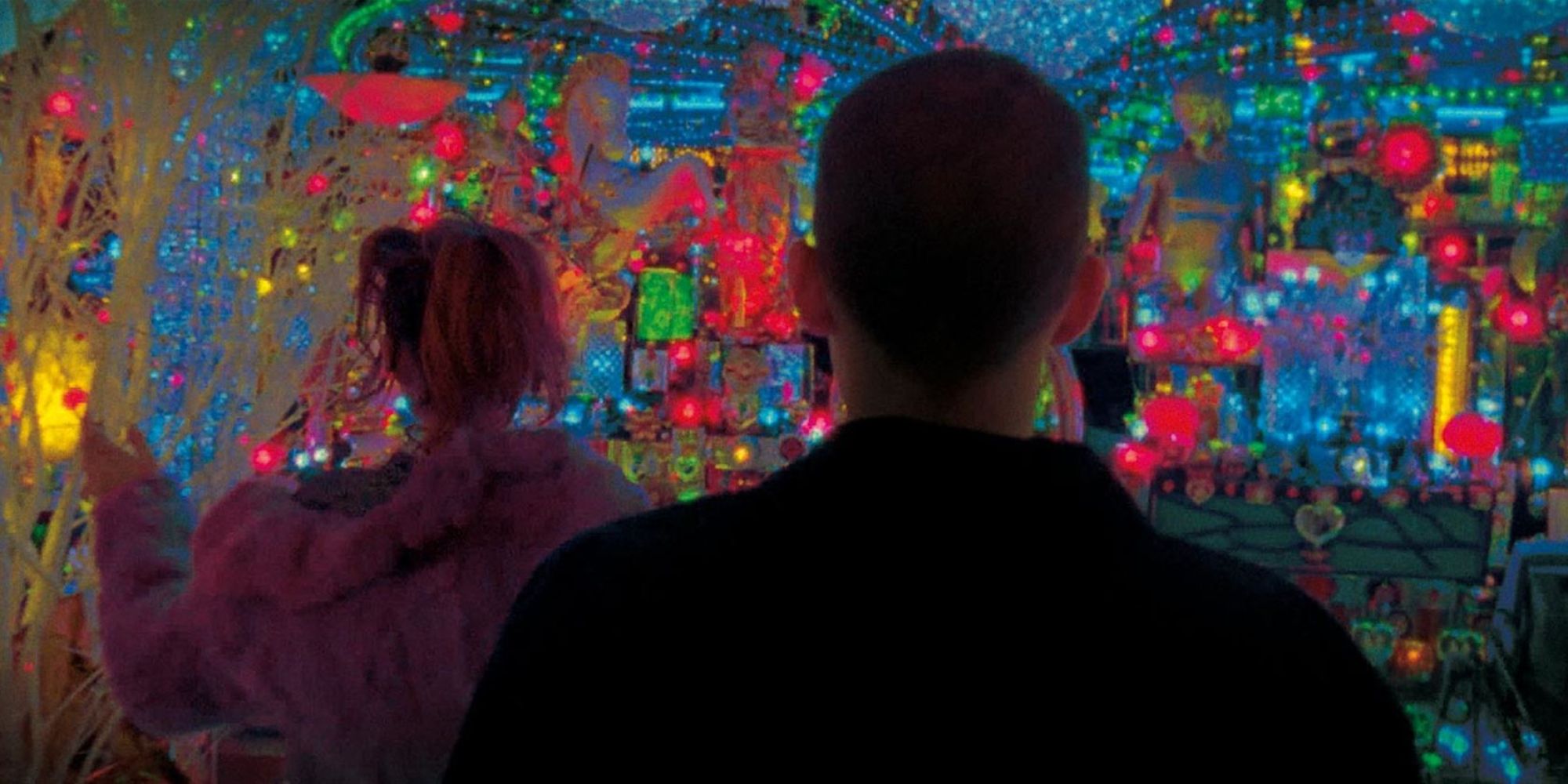
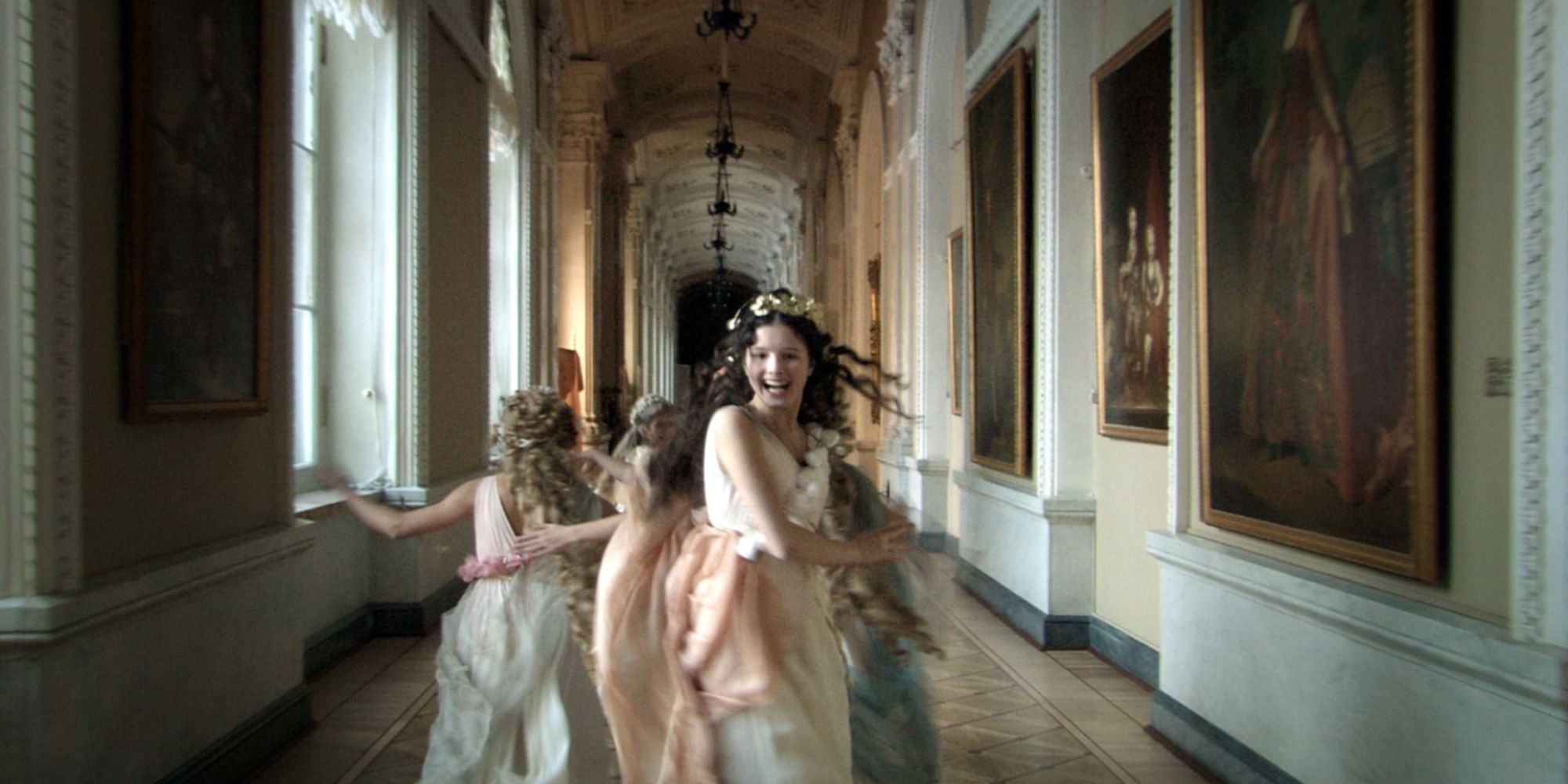
.jpg)
